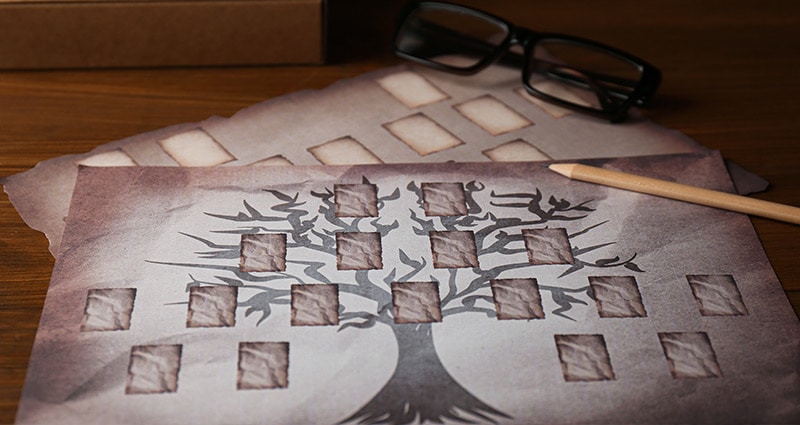Genealogy, or the study of family history, is a hobby that has fascinated millions of people for countless generations.
Knowing where we come from and understanding those that preceded us help us to shape our understanding of who we are today. And while many genealogists spend their time researching life elements like the profession, military service or family life of their ancestors, one element that is not discussed as much is medical history.
Your family’s medical history can play a major role in your own health, and the health you can expect to have later in life. The overall risk for developing diseases such as cancer, heart disease, diabetes or even neuromuscular diseases are all increased if you have a family history of those illnesses.
Combatting this increased risk begins with knowing, understanding and accurately recording your family medical history. The more you know and can communicate to your physician, the more they can help you develop a plan to slow or even prevent the onset of disease and illness. Below are some tips and tools to help you begin.
Who to include
Generally speaking, your medical family tree should include no fewer than three generations on each side of your family, if possible. For example, you could divide your generations into grandparents, parents/uncles/aunts and siblings/cousins.
What to include
Work to include as much information as you can on each individual, including age (or age at time of death), country of origin, gender, race, lifestyle, known illnesses, pregnancy complications (if applicable) and any mental health conditions. Make special note of any diseases or illnesses that developed earlier in life than usual.
Getting the information
If you are able to speak directly to your family members, remember to be respectful in the way you approach them. Some of your relatives may not want to freely share information they consider private. Make sure to share why you are compiling this information to begin with, and how it can help future generations.
Other sources of information
If you are unable to speak to your relatives for whatever reason, there are other ways to go about gathering helpful information.
- Family documents: Diaries, old letters or obituaries may mention health concerns over the years.
- Public archives: Birth, marriage and death certificates often list medical information.
- Genetic testing: A number of options are available today if you want to know more about your genetic makeup and predisposition for certain diseases and conditions—from seeing a geneticist to using at-home kits.
- Adoption resources: If you were adopted, your adoptive parents or the agency from which you were adopted may be able to help.
Building the Tree
The U.S. Surgeon General has developed an online tool called “My Family Health Portrait” that can help you organize your family’s medical history. If you already track your family history using tools like Ancestry.com, there are usually fields within a relative’s profile where you can store medical information too. For those that aren’t the computer type, a pen and paper do just fine.
Once your medical family tree is built, consider sharing it not only with your physician, but with other members of your family. The information you find might be useful to them and their branches of the family as well.




